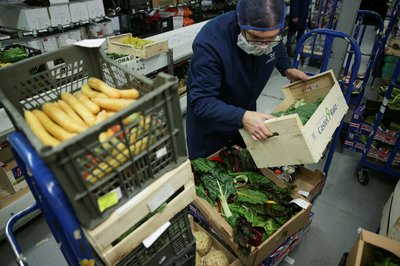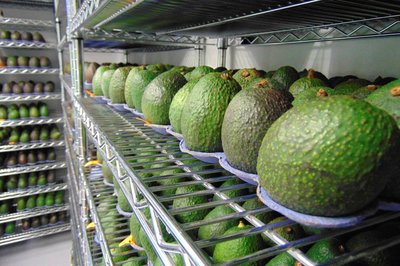Investors show healthy appetite for food sector
While investors have long included global agribusinesses or food manufacturers in their portfolios, their interest in the mucky business of farming is increasingly focused on assets that advance two critical global goals: increasing food security and tackling climate change.
Last year, for example, the agri-food technology sector — whose innovations often contribute to more efficient and sustainable forms of food production — attracted almost $20bn in venture capital, according to AgFunder, a venture capital firm.
While this represents a 5 per cent decline from 2018 levels, pension funds and others are continuing to make large investments in agri-food companies.
“We’ve seen our sector go from nothing to very active,” says Adam Anders, managing partner at Anterra Capital, a venture capital firm focused on food and agriculture. “Whether you use PitchBook or AgFunder data, there’s definitely billions of dollars being deployed.”
Meanwhile, as Covid-19 has exposed weaknesses in global food systems, some investors are shifting their focus to food supply chains. For example, Canada’s BMO Global Asset Management says that when engaging with companies it invests in, it will now focus on sustainable food systems, including worker protection

At Impax Environmental Markets, an investment trust, the proportion of agri-food companies in the portfolio has grown from less than 5 per cent five or six years ago to almost 20 per cent today, says Bruce Jenkyn-Jones, co-head of listed equities.
“We look for companies that are providing for solutions to resource and environmental challenges,” he says. “That takes us to the key areas of energy, water, waste and food — and food is the fastest growing part of the portfolio.”
The right kind of impact
Of course, not all investments advance sustainability or food security goals. During the 2007–08 food price crisis, investors were criticised for so-called “land grab” acquisitions of large areas of farmland in developing countries.
Today, however, reputational risks associated with such investments and growing interest in sustainable and impact investing are driving more investors towards agriculture companies that deliver social or environmental benefits.

Some deliver both. For example, among the investments of San Francisco-based venture capital firm DBL Partners (an early investor in Tesla) is Apeel Sciences, which in May announced $250m in new financing.
Apeel’s edible plant coating for fresh produce slows water loss and oxidation, reducing spoilage. However, it also enables smallholder farmers to access new markets in the absence of sophisticated cold chains. “That’s been an inhibiting factor for developing world agriculture for a long time,” says Nancy Pfund, DBL’s founder and managing partner.
She sees investors as critical in supporting the disruption in agriculture needed to feed the world sustainably. “People turn to private capital when they need new solutions to big problems that have been stubborn and need innovation,” she says.
Moreover, with a growing number of companies bringing new technologies and ideas to the once slow-moving food and agriculture sectors, the choice for investors is widening.

Too good to miss?
The motives for investing in such companies vary. Venture capitalists and private equity firms see an opportunity to take a stake in enterprises that are not only increasing food security or tackling climate change but may also become highly profitable.
For pension funds and other large investors, sustainable agriculture investments increase their holdings in companies that meet their ESG (environmental, social and governance) goals while delivering healthy financial returns.
In Singapore, for example, the state-owned investment company Temasek has made food and agriculture one of its priorities. Last year, with PwC, the accountancy firm, and Rabobank, the banking group, it launched “The Asia Food Challenge” report to explore the “significant commercial opportunity” of generating the additional $800bn needed over the next decade to meet the region’s food demands.
Some are even combining investments with support for agri-food innovation that can foster the growth of the sustainable food sector more broadly. Last year, for example, PensionDanmark, one of Europe’s largest pension funds, entered a co-operation agreement with Chr Hansen that will enable the Danish bioscience group to create a new innovation campus. The site will develop natural ingredients and microbial products for the food, health and agricultural sectors.
However, while investing in food innovation is one thing, Irit Tamir, director of Oxfam America’s private sector department, argues that promoting sustainable food production demands directing funds to the millions of smallholders who produce much of the world’s food.
“It’s not about exporting from places that are food insecure but building up food systems in those places,” she says. “And that will mean investing in small and medium enterprises, not just big global companies.”
This article's headline has been amended to reflect more accurately the AgFunder data quoted within the text
Copyright The Financial Times Limited 2020
© 2020 The Financial Times Ltd. All rights reserved. Please do not copy and paste FT articles and redistribute by email or post to the web.

